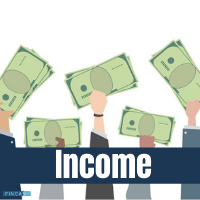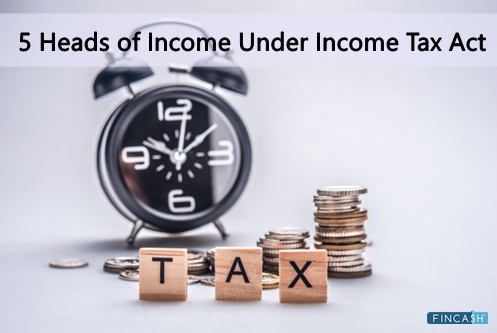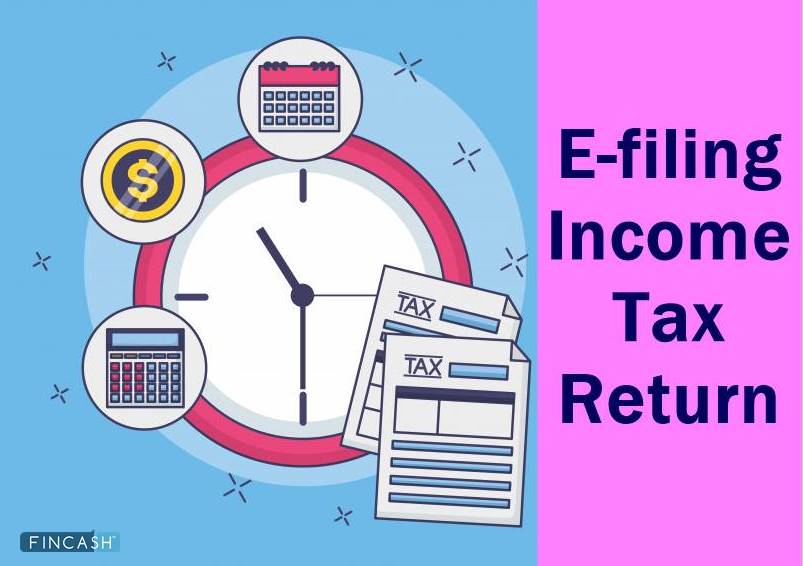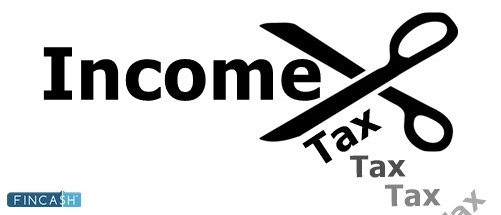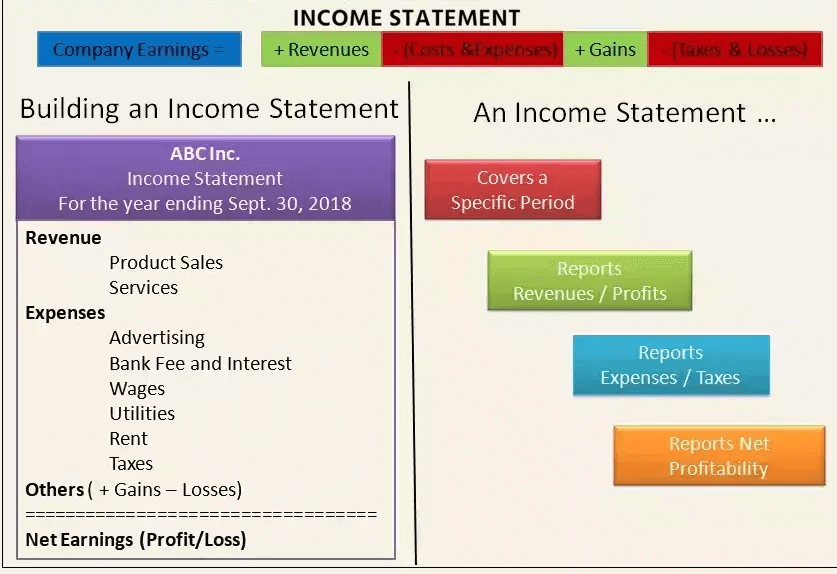
Table of Contents
Income Inequality
What is Income Inequality?
Income equality refers to the unequal or uneven distribution of income throughout a population. The lesser the equal distribution, the higher the income inequality. Income inequality is associated with wealth inequality, which is the uneven distribution of wealth. Inequality can be expressed by dividing up the population in different ways to show different levels and forms of inequality by race or sex.

The Gini coefficient is one measure among many other such measures used to analyse inequality in a population.
Income inequality can be analysed by various segmentations. The different types of income segmentations studied to understand inequality are:
- Male Vs Female
- Ethnicity
- Occupation
- Historical Income
- Location
Talk to our investment specialist
About Gini Index
The Gini Index was created and introduced by Italian statistician Corrado Gini in the early 1900s to help quantify and compare income inequality across the world. This index can Range from 0 to 100 with a higher level of showing greater income inequality in a country’s total population World Bank data shows that South Africa reports one of the highest inequality distribution with a Gini Index Level of 63.0. According to a report from the United States, the Gini Index level for them is 41.55. Ukraine showed the lowest Gini Index at 25.0.
The variance in income inequality is in an ongoing area of analysis for both local and global governing institutions. The IMF and World Bank have set a goal to improve the income of the lowest 10% of earners in all countries seeking to provide comprehensive global support. New innovation in financial technologies and productions are enabling the improvement of various banking services of the lowest-income earners worldwide and a global initiative for Financial Inclusion should be introduced soon.
All efforts have been made to ensure the information provided here is accurate. However, no guarantees are made regarding correctness of data. Please verify with scheme information document before making any investment.

